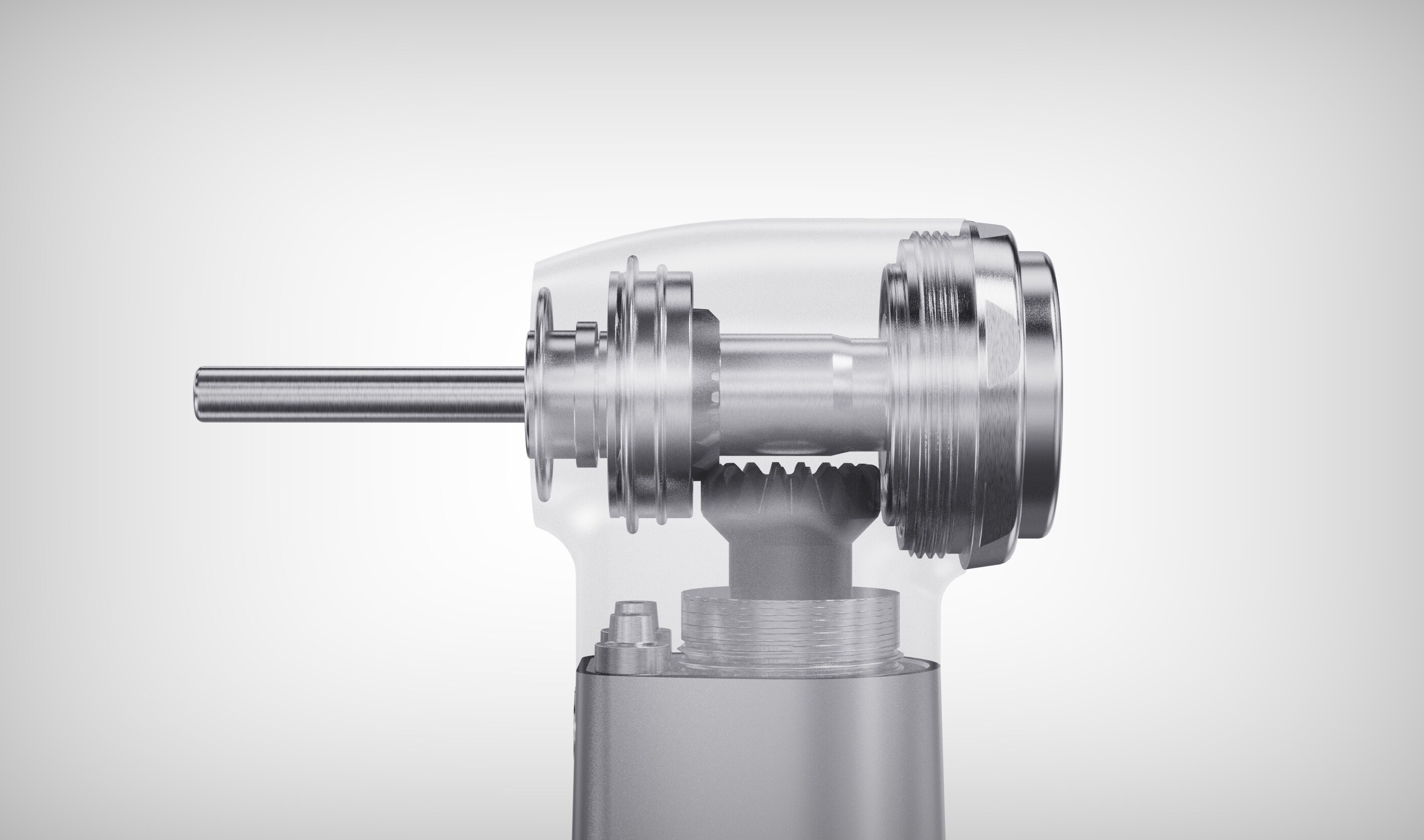Ralat format e-mel
emailCannotEmpty
emailDoesExist
pwdLetterLimtTip
inconsistentPwd
pwdLetterLimtTip
inconsistentPwd

Berita
Di sini, anda boleh menerangkan sekeping teks yang ingin anda nyatakan.

Kenaikan Chatgpt boleh mencetuskan penilaian semula nilai perubatan AI III

Pengimejan Perubatan AI: Popular dalam industri China
Dengan liberalisasi dan sokongan dasar, permintaan pasaran untuk diagnosis dan produk rawatan tambahan telah meningkat. Dalam pasaran perisian teras AI Medical China pada tahun 2020, bahagian pasaran CDSS adalah 29.8%, dan pasaran pengimejan perubatan AI adalah 7.1%. Adalah diramalkan bahawa saiz pasaran pengimejan perubatan AI akan melebihi CDS untuk kali pertama pada tahun 2023 (tahun ini), menjadi kategori produk yang paling popular dalam perisian teras AI Medical. Menurut ramalan data, industri pengimejan perubatan kecerdasan buatan di China dijangka meningkat dari RMB 300 juta pada tahun 2020 kepada RMB 92.3 bilion pada tahun 2030, dengan kadar pertumbuhan kompaun sebanyak 76.7% dalam sepuluh tahun ini. Perlu dinyatakan bahawa pasaran pengimejan perubatan AI mempunyai kadar pertumbuhan yang tinggi, ijazah pengagregatan modal yang tinggi, dan peluang terbaik untuk mencapai pengkomersialan terlebih dahulu.
Penguatkuasaan pengawalseliaan menyokong AI Healthcare
Penguatkuasaan pengawalseliaan mesti meningkat untuk menyokong pembangunan AI Healthcare, yang meliputi aspek penjagaan perubatan, sains, dan pengeluaran. Gabungan kecerdasan buatan dan penjagaan kesihatan bukan sahaja memerlukan permintaan teknologi yang tinggi tetapi juga ujian terhadap senario kehidupan sebenar. Walaupun dengan produk matang yang dibangunkan, titik kesakitan bagi seluruh industri adalah bagaimana untuk mempercepatkan realisasi kesihatan digital. Untuk memastikan pengkomersialan yang lebih baik, kunci terletak pada liputan hospital oleh produk penjagaan kesihatan AI.
Hospital Tertiary terutamanya menuntut peranti AI
Data menunjukkan bahawa antara 2019 dan 2021, jumlah tender untuk pencitraan penjagaan kesihatan AI adalah lebih daripada 10 juta yuan di hospital -hospital tertiari pada tahun 2019 dan 2020. Ia terjejas oleh kesan keperluan pengesanan wabak dan penonton yang luas dari produk pencitraan paru -paru, serta kematangan tinggi teknologi pembangunan. Jumlah tender perisian pembangunan AI untuk jabatan -jabatan paru -paru semasa masa statistik mencapai 12.96 juta yuan. Kardiovaskular, komprehensif, dan patologi datang selepas itu. Menurut data, permintaan utama untuk peranti penjagaan kesihatan AI berasal dari hospital -hospital tertiari. Ia masih belum meluas di hospital-hospital bawah, klinik perbandaran, dan sebagainya.
AI Eye mencapai institusi perubatan akar umbi
Kelebihan AI sekarang ialah terdapat pelbagai senario pendaratan untuk perusahaan. Sama ada pengimejan paru -paru, pengimejan kardiovaskular, atau pengimejan toraks, ia perlu terikat kepada peranti perkakasan besar. Umumnya, mereka akan memilih hospital -hospital tertiari. Skop mata AI lebih luas dengan kos yang agak rendah dari kamera mata peranti perkakasan. Ia bukan sahaja boleh memilih hospital -hospital tertiari tetapi juga memecah institusi perubatan akar umbi atau senario kesihatan yang besar, sehingga menyedari penembusan ke dalam sistem perubatan akar umbi. Ini juga merupakan salah satu sebab penting mengapa AI Eye menonjol dalam pasaran pencitraan kecerdasan buatan.
Insurans perubatan menghubungkan rawatan perubatan AI dengan kepercayaan
Sebaliknya, untuk mencapai aplikasi penjagaan perubatan AI yang luas, insurans perubatan mungkin merupakan sauh amanah terbaik yang menghubungkan rawatan perubatan AI dengan hospital dan pesakit. Semasa melaksanakan insurans perubatan untuk mengawal penjagaan perubatan AI, jabatan yang berkaitan juga perlu mempertimbangkan bagaimana mengawal rawatan digital, yang merupakan bahagian penting dalam pembangunan kesihatan masa depan industri. Khususnya, kerana peralatan AI berasaskan perisian, perlu menghadapi ciri-ciri industri Internet, seperti lelaran produk pesat, yang semuanya perlu disahkan dengan teliti dan bahkan memerlukan pendaftaran semula dan mempunyai kesan yang besar pada perusahaan. Ini memerlukan jabatan pengawalseliaan untuk berfikir tentang cara menentukan produk rawatan digital, dengan cepat membentuk standard keselamatan data yang sepadan dan peraturan yang berkaitan dengan industri untuk data besar perubatan, dan mengawal status undang-undang data perubatan.
Kesimpulannya, dapat dijangkakan bahawa teknologi kecerdasan buatan masih dalam tahap yang semakin meningkat, dan masih terdapat banyak butiran yang akan dioptimumkan ketika datang ke bidang perubatan, terutama untuk mengejar inovasi dan terobosan dan meneroka lebih banyak kombinasi model dan senario. Penjagaan perubatan AI adalah cerun panjang dengan salji lebat. Diharapkan dengan sokongan teknologi kecerdasan buatan, industri penjagaan perubatan pintar akan menghadapi lebih banyak peluang, melancarkan peralatan perubatan yang lebih berkualiti dan mudah untuk berkhidmat kepada orang ramai, dan dengan itu mempromosikan pembangunan berkualiti tinggi sebab perubatan China.

